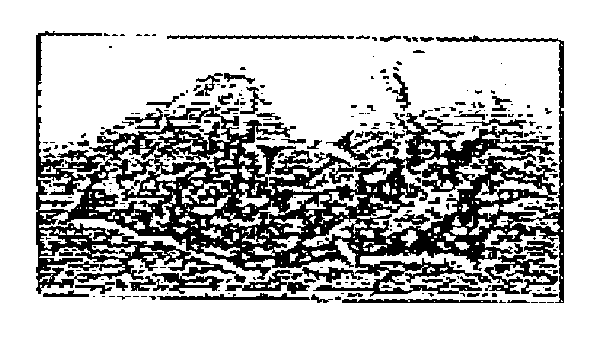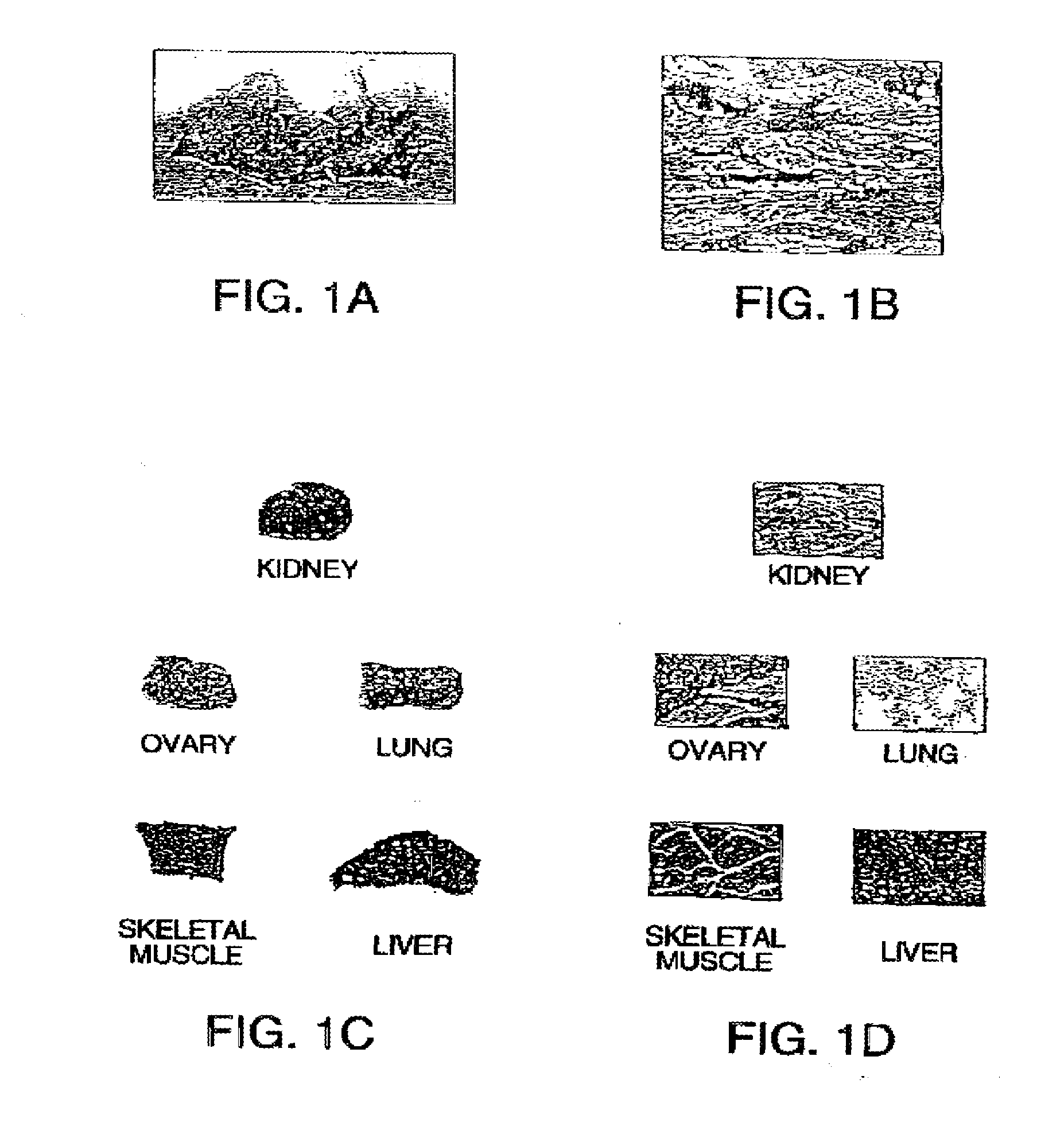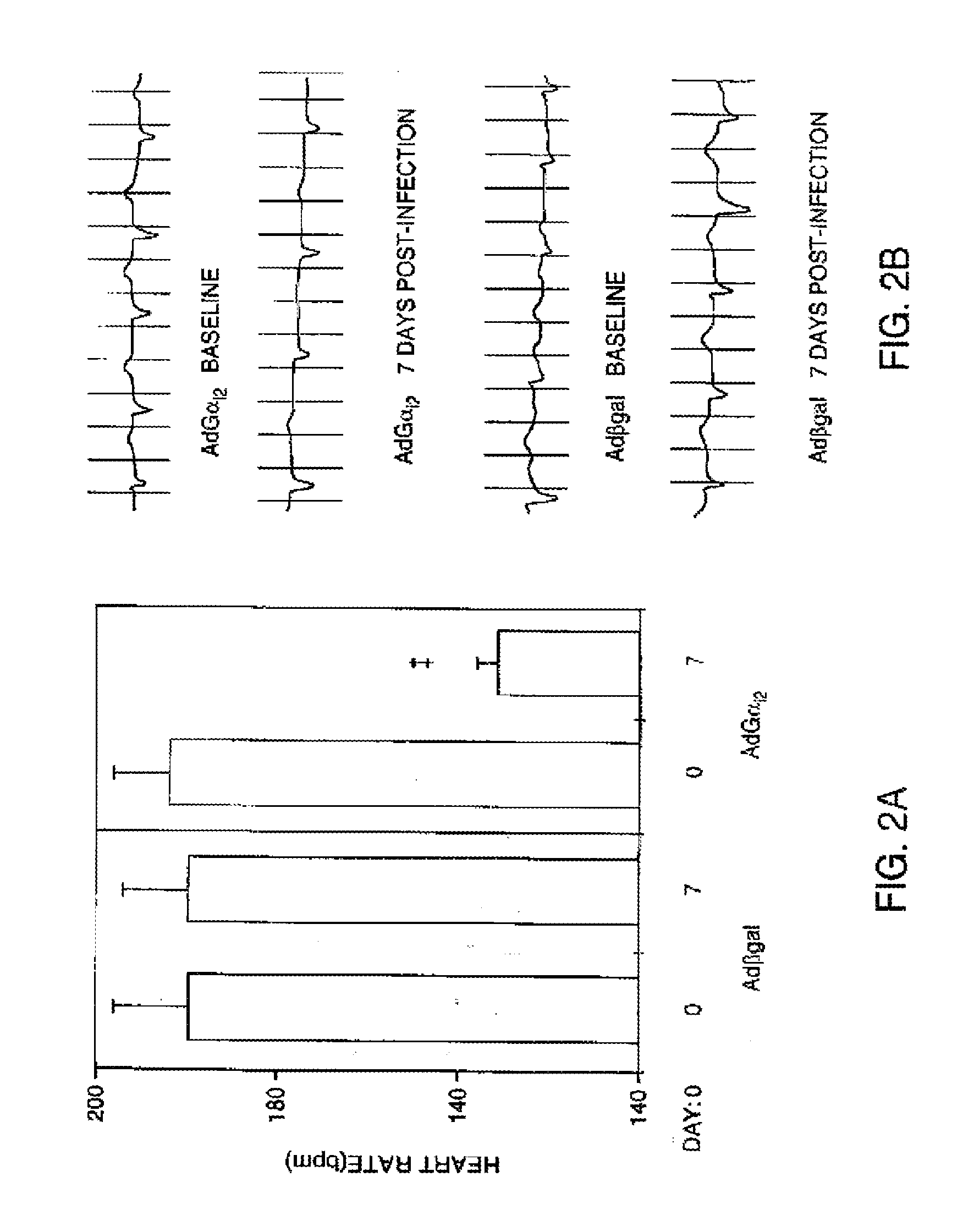Cardiac arrhythmia treatment methods and biological pacemaker
a treatment method and heart rhythm technology, applied in the direction of instruments, catheters, dsdna viruses, etc., can solve the problems of substantial patient discomfort or even death, abnormal heart rhythm, and substantial morbidity and mortality from such problems, and achieve the effect of modulating activity and high localization of gene delivery
- Summary
- Abstract
- Description
- Claims
- Application Information
AI Technical Summary
Benefits of technology
Problems solved by technology
Method used
Image
Examples
example 3
Measurement of Heart Rate in Cardiac Tissue Transduced with β-gal or Inhibitory G Protein (Gαi2) Subunit
[0141]After measurement of basic electrophysiological intervals, we measured the heart rate during acute episodes of atrial fibrillation. Overexpression of Gαi2 in the AV node caused a 20% reduction in the ventricular rate during atrial fibrillation (day 0: 199.+−0.5 bpm, day 7: 158.+−0.2 bpm, p=0.005). This effect persisted in the setting of adrenergic stimulation. Administration of epinephrine (1 mg, IV) increased the atrial fibrillation heart rate in all animals, but the group overexpressing Gαi2, nevertheless, exhibited a 16% reduction in ventricular rate (day 0: 364.+−0.3 bpm, day 7: 308.+−0.2 bpm, p=0.005). In contrast, β-gal expression did not affect the heart rate during atrial fibrillation, either before (day 0: 194.+−0.8 bpm, day 7: 191.+−0.7 bpm, p=NS) or after epinephrine administration (day 0: 362.+−0.6 bpm, day 7: 353.+−0.5, p=NS).
[0142]To further evaluate the effect...
example 4
Heart Rate Control During Atrial Fibrillation
[0149]The present example shows conduction slowing and increased refractoriness.
[0150]Atrial fibrillation affects more than 2 million people in the United States, including 5 10% of people over the age of 65 and 10 35% of the 5 million patients with congestive heart failure. Treatment strategies for AF include antiarrhythmic therapy to maintain sinus rhythm or ventricular rate control and anticoagulation. Although appealing, the maintenance of sinus rhythm is often unsuccessful. Within 1 year of conversion to sinus rhythm, 25 50% of patients revert to AF in spite of antiarrhythmic drug treatment. The usual clinical situation, then, is to maintain anticoagulation and ventricular rate control during chronic AF. The variable efficacy and frequent systemic adverse effects from rate controlling drugs motivated our development of animal models of gene transfer to control the heart rate in atrial fibrillation.
[0151]In porcine models of acute and...
example 5
Treatment of Polymorphic Ventricular Tachycardia in Congestive Heart Failure or the Long QT Syndrome
[0155]Sudden death in patients with congestive heart failure is a common clinical occurrence. In most studies, roughly half of all heart failure deaths were sudden in nature. Often, the associated arrhythmia is polymorphic ventricular tachycardia (VT) leading to ventricular fibrillation and death. The type of VT seen in these patients is similar to that observed in patients with the congenital long QT syndrome. Studies of animal models have documented the similarities between these two diseases on a tissue and cellular level. In both conditions, heterogeneous increases in the action potential duration (APD) have been a consistent finding. In heart failure, the APD prolongation correlates with downregulation of several potassium currents: the transient outward current Ito, the inward rectifier current IK1, and the delayed rectifier currents IKs and lkr. In the long QT syndrome, prolong...
PUM
| Property | Measurement | Unit |
|---|---|---|
| tail current-voltage relationships | aaaaa | aaaaa |
| tail current-voltage relationships | aaaaa | aaaaa |
| tail current-voltage relationships | aaaaa | aaaaa |
Abstract
Description
Claims
Application Information
 Login to View More
Login to View More - R&D
- Intellectual Property
- Life Sciences
- Materials
- Tech Scout
- Unparalleled Data Quality
- Higher Quality Content
- 60% Fewer Hallucinations
Browse by: Latest US Patents, China's latest patents, Technical Efficacy Thesaurus, Application Domain, Technology Topic, Popular Technical Reports.
© 2025 PatSnap. All rights reserved.Legal|Privacy policy|Modern Slavery Act Transparency Statement|Sitemap|About US| Contact US: help@patsnap.com



